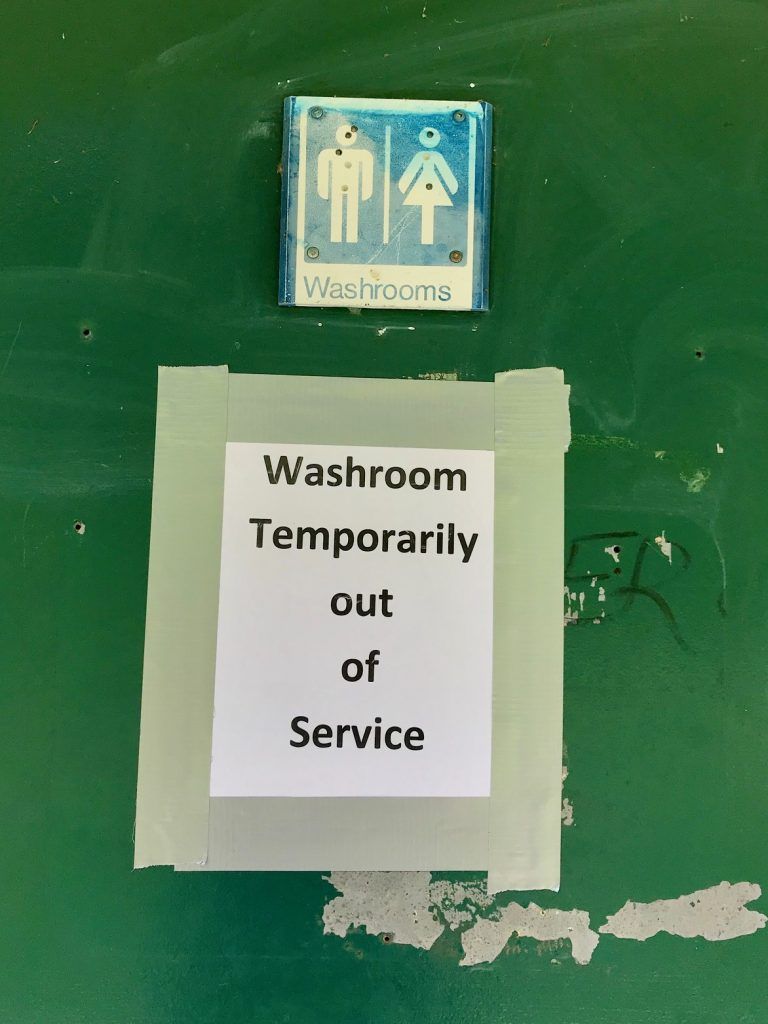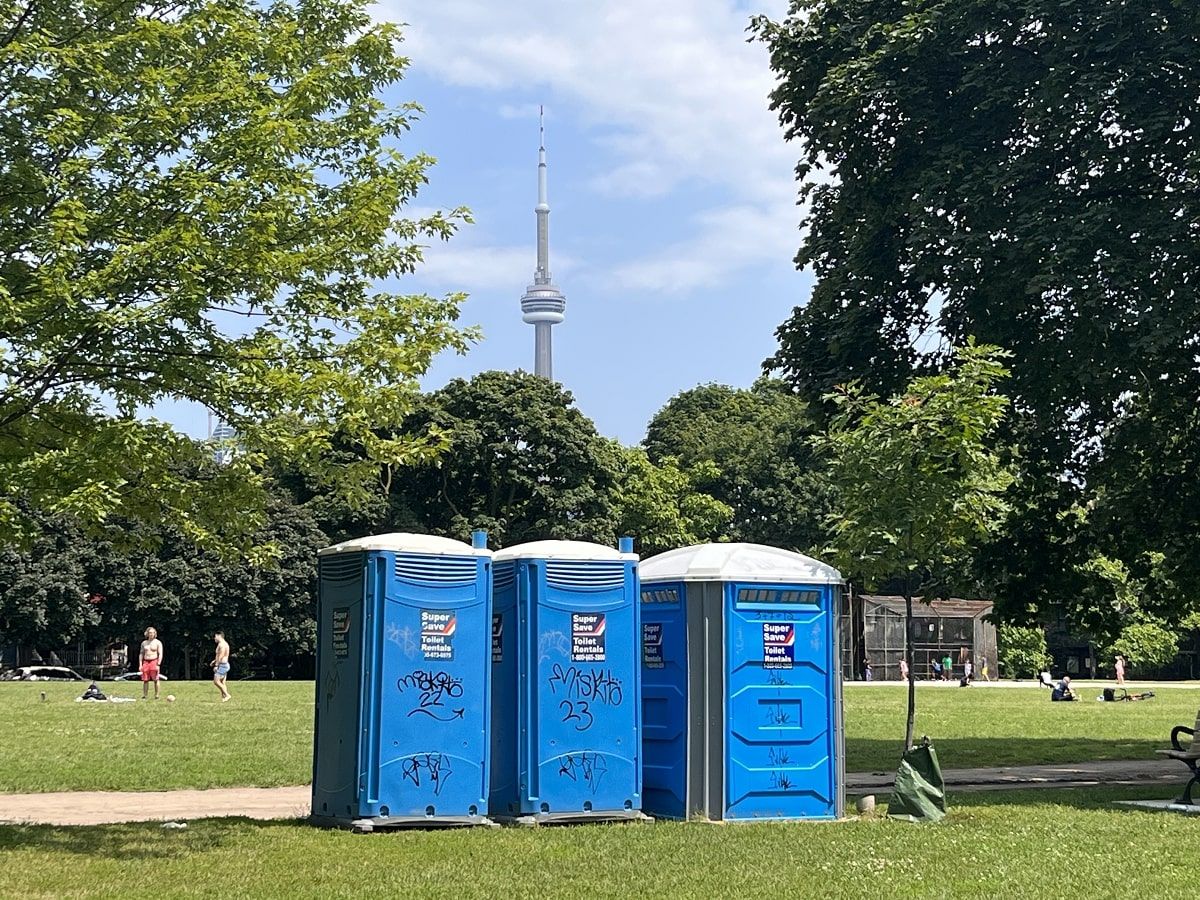- Edmonton’s washroom attendant program hires people with employment barriers through a local social enterprise to monitor and maintain public washrooms.
- Outcomes of the attendant program include improved safety and cleanliness, reduced washroom repair costs, fewer overdoses, and creation of new job opportunities.
- In 2023, Edmonton launched a new grant for community organizations and businesses to expand washroom access, with priority given to areas with significant park programming.
Public washrooms are a park necessity. Indeed, in our public survey, year-round public washrooms were the top amenity respondents said they would like to see more of in parks. They are also an essential part of a human rights approach to park design—an increasingly important lens as many cities continue to grapple with a houselessness crisis.
But ensuring washrooms are accessible, safe, and well-maintained is a challenge for many cities.

In Edmonton, the city is tackling these challenges head-on through experimenting with creative approaches to enhance washroom provision, safety, and upkeep.
One of the city’s most successful initiatives is the washroom attendant program, which sees staff hired to monitor and maintain public washrooms in locations with significant safety concerns. Staff are hired in partnership with Hiregood, a local social enterprise that provides employment opportunities to those who have lived experience of houselessness and poverty and may face barriers in the job market.
First launched as a 3-month pilot in December 2019, the program has since expanded from 3 to 12 sites, employing approximately 100 full-time and part-time staff. While the first locations were in parks and public spaces, the attendant program now operates in select Edmonton libraries and transit stations as well.
“We had some washrooms that you'd be scared to go and use,” said Samson Awopeju, Program Manager of the Public Washrooms Strategy at the City of Edmonton. “But now, because you have folks monitoring and supervising the washroom, there's been a remarkable improvement in terms of safety and cleanliness.”
In addition to washroom maintenance, attendants are trained in de-escalation and equipped with harm reduction supplies. There have been fewer overdoses at sites with attendants, Awopeju noted, and in some locations the overall improvement in safety has been so marked that there is reduced police presence in the area.
Another unexpected benefit of the program was that Edmonton was able to keep its washrooms open during the early days of the pandemic, when many cities were shutting their doors.
These benefits have inspired Calgary to launch its own version modeled after Edmonton’s, with washroom attendants currently being piloted in two downtown parks.
In addition to making existing washrooms more inviting through the attendant program, the city is also testing creative approaches to expand washroom access across the city.
This year, Edmonton launched a new granting program for non-profits and businesses to expand washroom access. The $5000 grants, many of which were awarded to community leagues that operate park programming, can be used to install portable toilets or cover increased maintenance costs for businesses that open their washrooms to the broader public beyond paying customers.
“It's just financially not possible to put washrooms everywhere. And in such locations, that's where we want to encourage businesses or community organizations to help,” Awopeju said.
All of these initiatives feed into the city’s forthcoming Public Washroom Strategy, set to be released in early 2024. The strategy will include demographic mapping to help identify areas in the city where washroom investments should be prioritized.
The goal, as Awopeju puts it, is “to make sure that everybody has access to washrooms, regardless of who you are.”
- Hire washroom attendants, ideally in partnership with a local social enterprise, as a way to improve washroom safety and upkeep while also providing employment opportunities to equity-deserving groups.
- Develop a citywide public washroom strategy that incorporates demographic mapping to make informed decisions about where to prioritize investing in washroom facilities and staffing.
- Consider a granting program for community organizations and businesses to fill strategic gaps in the city’s public washroom network, particularly in areas with a high volume of park programming.



